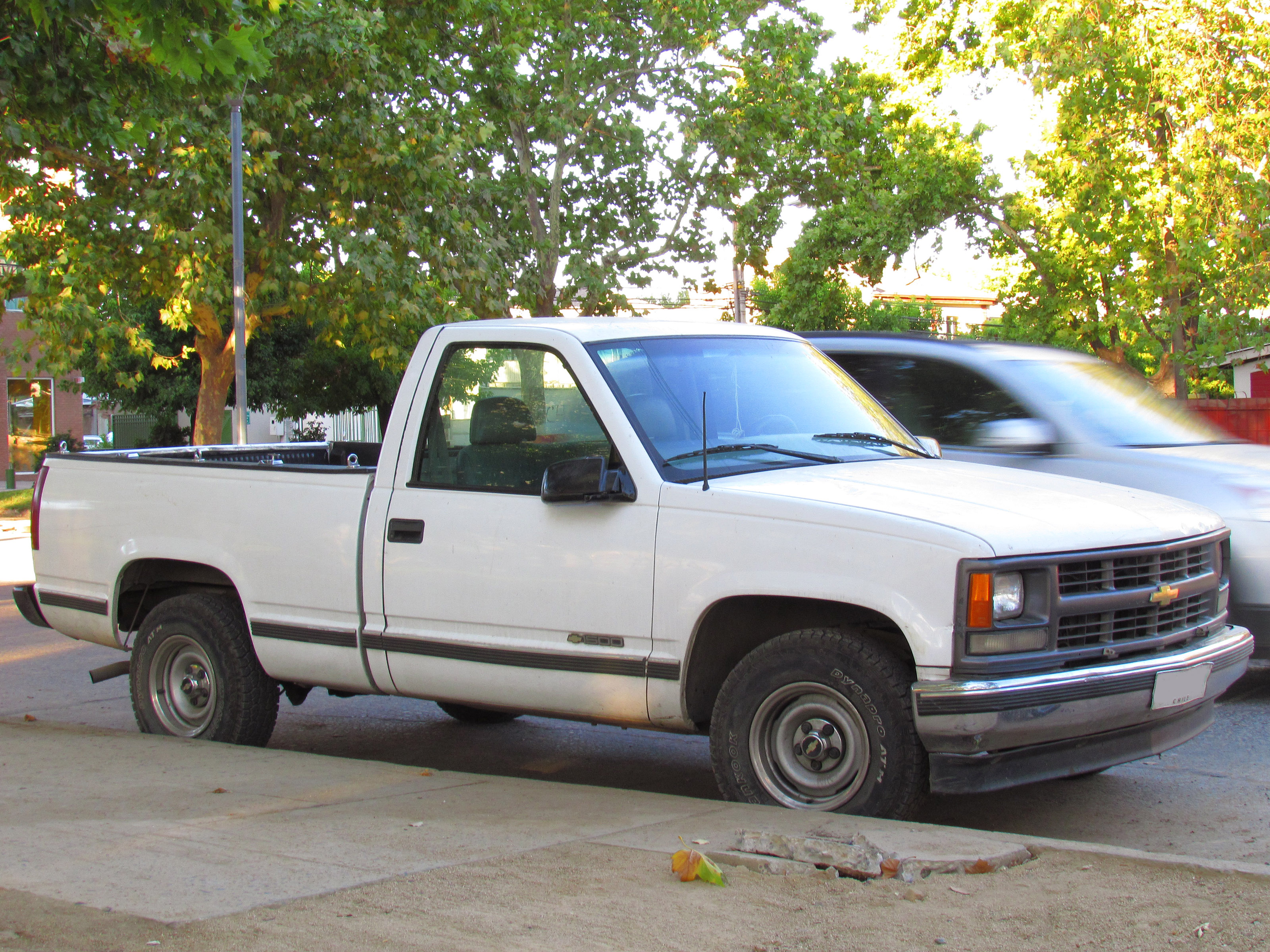
Buying a used work truck isn’t just a purchase — it’s a major investment in your business. Whether you’re considering a dump truck, service body, flatbed, crane, or boom truck, overlooking key inspection steps can lead to costly repairs, lost jobs, and dangerous downtime. A little extra diligence up front ensures you get a truck that’s reliable, safe, and worth the price. This isn’t just about saving a few bucks; it’s about safeguarding your livelihood and the safety of your crew on the road.
The frame, quite literally, is the backbone of any heavy-duty truck, akin to the skeleton providing structure to the human body. Any weakness here can be a deal breaker, especially since frame repairs are rarely cheap or easy. A compromised frame impacts everything from steering and braking to load carrying capacity and overall safety, making it a non-negotiable component to thoroughly assess. It’s often where the most expensive and safety-critical problems hide, demanding your utmost attention.
That’s why we’ve put together this ultimate 12-step guide. We’ll walk you through exactly how to inspect a used work truck for frame damage and related issues before you buy, empowering you to make a confident decision and protect your valuable investment. From the initial paperwork to the foundational mechanical checks, we’ll cover the practical, actionable advice you need to ensure your next heavy-duty truck is solid from the ground up.

1. **Start with the Paperwork and History Check**Before you even think about looking under the hood, your first line of defense against inheriting hidden structural or safety issues begins with the paperwork. Always confirm that the VIN matches across the vehicle and documentation, a fundamental step to ensure you’re inspecting the correct truck. This verification process is crucial for establishing the vehicle’s identity and avoiding potential discrepancies.
Next, thoroughly check that the title is clean. Steer clear of trucks with flood, salvage, or rebuilt titles, as these often conceal significant underlying problems. If you don’t know the full history behind such titles, you could be inheriting structural weaknesses or safety compromises that are far from superficial and could lead to major headaches down the road.
Maintenance is the number one factor in the longevity of any vehicle or piece of equipment, and it’s particularly telling for a heavy-duty truck. Carefully review the maintenance logs; well-maintained trucks should show consistent service records, including oil changes, brake adjustments, and hydraulic system checks. If an engine rebuild has been completed, make sure professional documentation is included, as this speaks volumes about the care the truck has received.
Finally, remember that mileage alone doesn’t tell the full story, especially with diesel trucks where engine hours matter just as much. A low-mileage truck with high hours may have endured heavy idling or long worksite use, which isn’t necessarily negative, but you’ll want to understand its environment and operation history. This holistic view of the truck’s past offers invaluable insights into its overall health and potential stress points, including those that might have impacted the frame.
Read more about: The Definitive Guide: 12 Expert Steps to Authenticate a Rare Classic Car’s Provenance
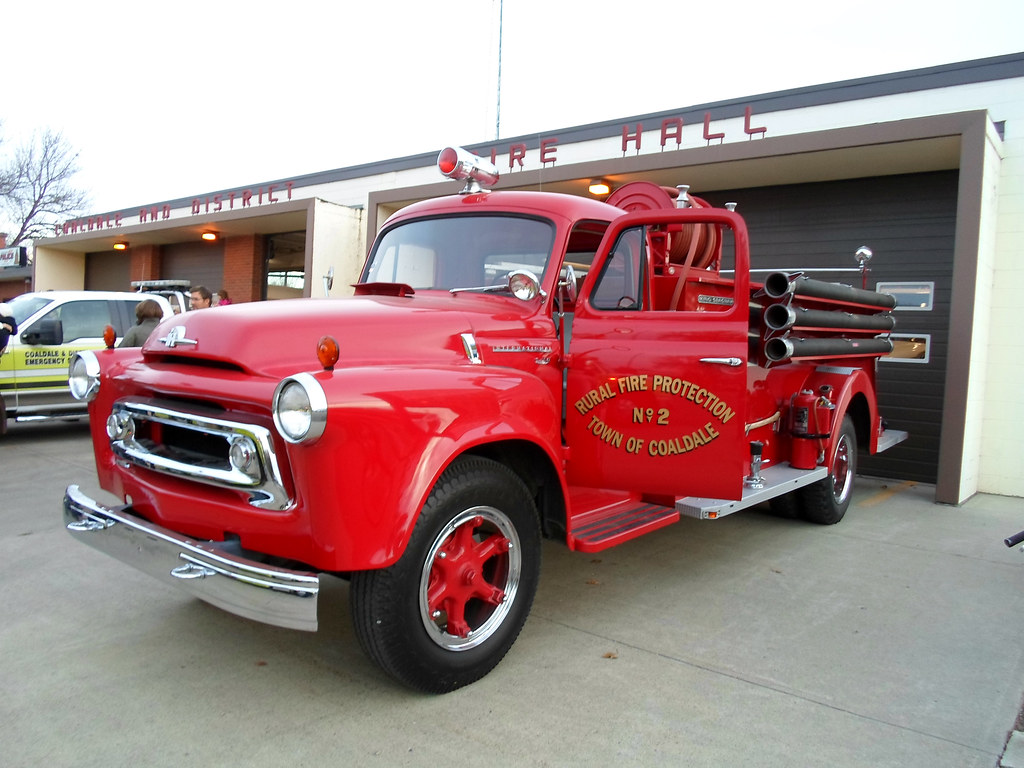
2. **Conduct a Thorough Visual Frame Inspection**With the paperwork squared away, it’s time to get down to the physical examination of the truck’s most critical component: its frame. This is the backbone of the heavy-duty truck, providing structural integrity, and any weakness here is a serious concern. Begin your inspection by walking around the entire truck, getting a comprehensive view of the chassis.
Look for any visible cracks, bends, or dents along the frame rails. These can indicate structural weaknesses that directly compromise safety and the truck’s ability to handle loads. Pay close attention to areas that look distorted or show signs of previous impact, as these are tell-tale signs of past damage that might not have been properly repaired.
Old welds are another critical indicator to watch for. While some welds might be legitimate repairs, poorly executed or suspiciously placed welds could suggest past damage or heavy abuse that has compromised the frame’s original strength. Rust is almost inevitable with age on any steel frame, but it’s vital to confirm it’s only surface-level or on cosmetic components rather than deeply compromising structural strength.
Severe rust, manifesting as flaking, crumbling, or even holes in the metal, is a clear sign of extensive frame damage, known as rust perforation. This deep-seated problem can significantly decrease the strength of the truck frame, affecting its safety and performance. You can even use a hammer to gently tap on rusted areas; a distorted or inconsistent sound compared to solid areas indicates rust has affected the frame’s integrity.
Read more about: Your Ultimate Guide: 14 Financial Pitfalls Every Classic Car Collector Needs to Sidestep for a Successful Collection
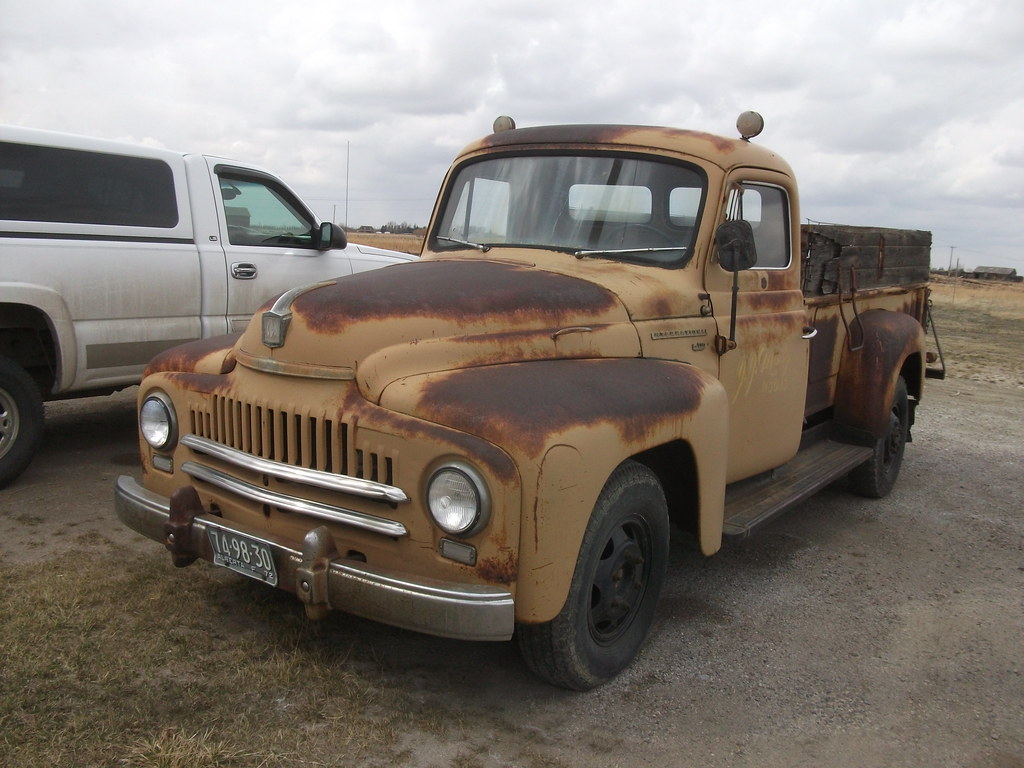
3. **Inspect the Bed and Work Attachments**Beyond the main chassis, the work-specific components of a heavy-duty truck are integrally linked to its frame and provide crucial clues about its overall health. Inspect the truck’s bed and any specialized work attachments, such as dump boxes, flatbeds, cranes, or bucket lifts. These components endure immense stress during operation and can reveal underlying frame issues.
Examine closely at corners, support structures, and welds on these attachments for any signs of rust, bends, or hairline cracks. Even minor issues in these high-stress areas can worsen rapidly under heavy loads, indicating that the truck has been pushed to its limits or has suffered impact. Such damage can often transfer stress to the main frame, leading to more subtle but equally dangerous structural compromises.
For trucks with hydraulic systems that operate these attachments, ensuring the frame supports them correctly is paramount. Any misalignment or instability in these systems, particularly when extended or under load, can point back to a compromised frame. The frame is designed to distribute weight evenly, and a compromised section can lead to unsafe load distribution and potential cargo damage.
This meticulous inspection of the bed and attachments also extends to how they are mounted and integrated with the main frame. Look for any loose bolts, fatigued mounting points, or signs of stress fractures where the attachments connect to the chassis. These observations are not just about the condition of the attachments themselves, but critical indicators of how the entire vehicle structure, including the frame, has handled its working life.
Read more about: 15 Essential Steps to Maximize Your Car Accident Insurance Payout: A Comprehensive Consumer Guide

4. **Check Compartments, Tool Doors, and Latches**It might seem like a minor detail, but the proper functioning of compartments, tool doors, and latches can surprisingly reveal significant frame issues. Take the time to open and close every single compartment, tool door, and latch on the truck. Each should operate smoothly, without sticking, and lock securely into place.
Poor fit or sticking doors could be a simple bent door panel or hinge. However, they could also indicate a more serious problem: structural misalignment within the frame itself. A warped frame can subtly alter the dimensions of the truck body, making doors and compartments unable to seat properly, which is a key indicator of underlying damage. If the frame is bent, it can cause problems with the doors, windows, or trunk.
While a single poor fit might not be a major concern, widespread issues with doors and latches around the entire truck could signal a much bigger problem, suggesting that the entire frame is out of square or has sustained significant damage. This “diamond” effect means the frame is no longer rectangular, indicating a diagonal shift that affects all attached bodywork.
Observe how the doors align with their frames and the rest of the bodywork. Gaps that are uneven, wider on one side than the other, or doors that require excessive force to close are red flags. Such inconsistencies strongly suggest that the frame itself is no longer true, meaning that its fundamental structural integrity has been compromised. This visual check offers an indirect yet powerful diagnostic tool for frame health.
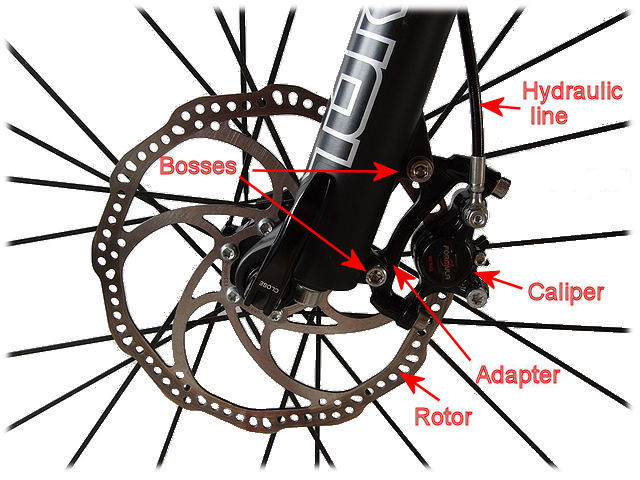
5. **Examine Suspension, Tires, and Brakes**The suspension, tires, and brakes are not only vital to both safety and performance but also act as critical indicators of frame health. A compromised frame often manifests its issues through these components. Begin by inspecting the tires for even tread wear; uneven wear often signals alignment or suspension problems, which can directly stem from a bent or twisted frame.
Next, turn your attention to the suspension system itself. Look thoroughly for sagging springs, cracked leaf packs, worn bushings, or leaking shocks. Even small issues in these areas can lead to dangerous failures if ignored. A misaligned frame puts undue stress on suspension components, causing them to wear unevenly and much faster than normal. This extra weight on one side means that side will wear out faster than the other.
Check the stability of the wheels. Damaged suspension components caused by a bent frame will cause the wheels to feel unstable and may not connect properly to the road, leading to a dangerous situation. A twisted frame directly impacts steering, braking, and stability, increasing the risk of rollovers and unpredictable behavior on the road, endangering drivers and others.
Finally, the brakes should always be thoroughly tested. With hydraulic brakes, make sure the pedal feels firm and there are no leaks. With air brakes, listen for hissing or leaks and confirm that the system builds and holds pressure properly. While brake issues can be isolated, compromised suspension due to frame damage can negatively affect braking effectiveness, making this a crucial part of your overall inspection to connect the dots back to the frame.
Read more about: 13 Essential Red Flags: Your Step-by-Step Guide to Inspecting a Used Performance Car Like a Pro

6. **Perform an Engine and Drivetrain Check**Once the paperwork and the frame’s immediate visual integrity are clear, it’s time to move on to the powertrain. While not directly part of the frame, the engine and drivetrain components are designed to operate within precise tolerances, and a misaligned frame can put undue stress on them, leading to premature wear and expensive repairs. Start the engine and let it idle; a healthy diesel should sound smooth.
Listen carefully for any knocking, hissing, or excessive blue or black smoke, as these suggest deeper engine issues that could have been exacerbated by or be indicative of a hard life. Inspect underneath for leaks – oil, coolant, DEF, and transmission fluid leaks often point to neglected maintenance or worn seals. Such neglect might extend to the frame, or stress from a misaligned frame could cause these issues.
Check belts and hoses for cracks, fraying, or dry rot. Heavy-duty parts degrade quickly when ignored, and this level of neglect often signals broader maintenance shortcomings that could impact structural components. A damaged frame can cause small parts to break underneath the hood, further highlighting the interconnectedness of all truck systems.
If the truck is manual, testing the clutch and transmission is crucial; shifting should be smooth with no grinding or hesitation. Also, inspect axles and differentials for leaks or uneven wear, and test the 4×4 system if equipped. Issues here can be symptomatic of a truck that has endured excessive strain or impact, which might also have compromised the frame. These checks help you understand the truck’s overall operational stress history, directly relevant to its frame’s integrity.
Read more about: Unlocking Power: 14 Essential Tools for American Muscle Car Restoration
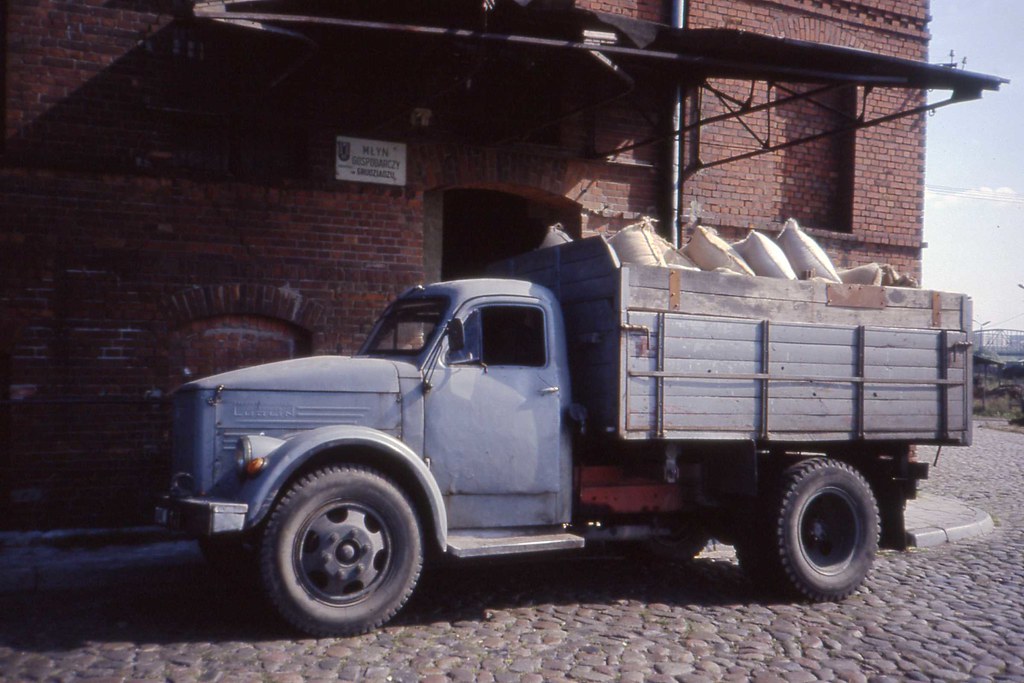
7. **Connecting the Dots: Hydraulics & Work Systems**For heavy-duty work trucks, hydraulic systems are often the heart of specialized functions, but also where expensive problems hide. The truck’s primary purpose is performing demanding tasks, so any downtime in these systems can lead to significant financial losses. A thorough inspection of these complex systems is non-negotiable for any potential buyer.
Begin your assessment by closely examining all hoses and fittings for leaks, cracks, or dry spots. Weak or compromised hoses are a major red flag, as they can burst unexpectedly under pressure. Such failures lead to dangerous situations and require immediate replacement. Ensuring the integrity of these components prevents costly breakdowns.
Next, it’s crucial to cycle through all pumps and cylinders. A healthy hydraulic system should operate smoothly, lifting, extending, and rotating without jerky movements or unusual, grinding noises. Test all specialized components, such as booms, cranes, or bucket arms, through their entire range of motion. Confirm that safety locks and limit switches engage and disengage correctly. Any resistance or abnormal sounds can indicate underlying issues.
Finally, do not overlook the outriggers or stabilizers. These critical components should extend and retract evenly and align correctly with the ground. Observe for any leaning or uneven extension. This could be an indication of frame stress or hydraulic system problems. Identifying the precise culprit early can save considerable money and prevent future operational headaches.

8. **Inside the Cab: Comforts & Electronics**While often overlooked in favor of mechanical components, the interior cab’s functionality and electronics offer valuable insights into a truck’s overall maintenance history. They can also indirectly point to deeper structural issues. Climb inside the cab and evaluate both its comfort and, more importantly, its complete functionality. Every switch, light, and control deserves your attention.
Begin by testing every single light on the truck. This includes headlights, brake lights, turn signals, work lights, and any warning beacons. Faulty or non-operational lighting is frequently a symptom of neglected maintenance. This indicates that the previous owner might have cut corners on basic upkeep, potentially extending to more critical areas of the truck.
Next, systematically test all gauges and controls. Confirm that oil pressure, coolant temperature, battery, and DEF levels, along with PTO switches, respond accurately and display correct readings. Malfunctioning gauges are not just annoyances. They can signal underlying electrical issues or worn sensors that, if unaddressed, could lead to severe mechanical failures or regulatory non-compliance.
Finally, ensure the heating and air conditioning systems are fully operational. Working HVAC is essential for maintaining driver focus and productivity during long shifts. Inspect the seats, seatbelts, and airbags to confirm they are functional and in excellent condition. Failures in safety equipment can result in significant DOT fines and penalties, highlighting their importance beyond simple convenience.
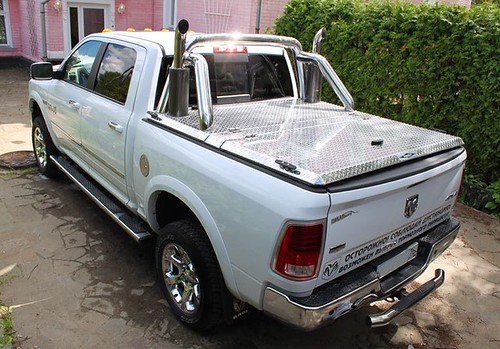
9. **Recognizing Visual & Physical Indicators of Severe Frame Damage**While earlier steps covered basic visual inspection, truly severe frame damage presents distinct visual and physical cues. These demand immediate attention. Beyond minor surface rust or a small dent, these indicators signal significant compromises to the truck’s structural integrity. Being able to differentiate between cosmetic imperfections and serious structural issues is paramount for any potential buyer.
One critical indicator is the presence of visible cracks, significant bends, or deep dents along the frame rails. These are not cosmetic flaws; they are direct evidence of structural weaknesses that compromise both safety and load-carrying capacity. Pay close attention to distorted areas or signs of previous heavy impact. These often point to past damage that might not have been properly repaired. A warped frame suggests compromised structural integrity.
Another serious concern is extensive rust, particularly rust perforation. While surface rust is common, severe rust manifests as significant flaking, crumbling, or actual holes in the metal. If you can poke a hole through the frame with a screwdriver, it’s a definitive sign of extensive, deep-seated rust damage. You can also tap on rusted areas with a hammer. An inconsistent sound compared to solid areas indicates rust has already compromised the frame’s integrity.
Furthermore, widespread misalignment of components is a significant red flag. While a single sticky door might be minor, widespread problems with doors, windows, or hatches around the entire truck signal a much larger underlying structural problem. If these components consistently fail to close smoothly, stick, or show uneven gaps, it strongly suggests the frame is warped or “out of square.” This “diamond” effect, where the frame is no longer rectangular, is a clear sign of major structural damage.
Read more about: 12 Essential Productivity Concepts That Experts Swear By for Boosting Efficiency
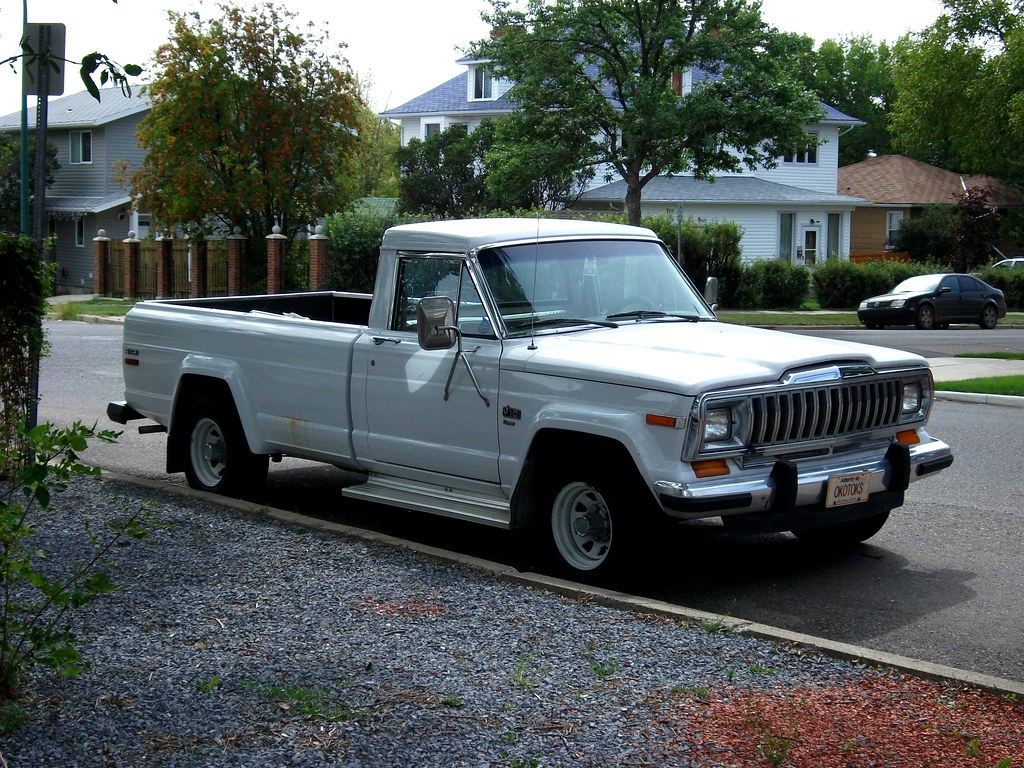
10. **Interpreting Performance Implications During a Test Drive**While visual inspections and static checks are vital, the true health of a heavy-duty truck often reveals itself under operational conditions. A comprehensive test drive isn’t just about confirming the engine runs. It’s about interpreting performance implications that can expose hidden frame damage or its indirect effects. This is where previous observations can be confirmed or new concerns may arise.
As you accelerate, the truck should pull smoothly and consistently, without hesitation, especially under a light load. Any noticeable pulling to one side, vibration, or “crab walking” (wheels driving sideways) could be a direct symptom of a bent or twisted frame affecting alignment. Steering should feel tight, responsive, and exhibit minimal play. The truck should track straight without constant correctional input or wandering.
During braking, the truck must stop evenly and predictably, without pulling sharply to one side. For air brake systems, confirm that pressure builds and holds firm when applied. Uneven braking can often be a consequence of a compromised frame putting undue stress on suspension and brake components. This leads to an imbalance in stopping power and a dangerous driving situation.
Pay close attention to how the truck shifts through all its gears. Shifting should be smooth, precise, and without grinding, slipping, or delayed response. These are significant red flags for potential drivetrain issues. While not direct frame damage, drivetrain components operate within precise tolerances. A misaligned frame can put undue stress on them, leading to premature wear and expensive repairs.
Finally, listen for any unusual vibrations or strange noises while driving, particularly over bumps or uneven terrain. Creaking, popping, or persistent rattling sounds from the chassis could signal loose or damaged frame components, worn suspension bushings, or a shifting frame. A truck that struggles with heavy loads or appears to sag toward one side even without a load can also symptomize a weak, rust-damaged, or otherwise compromised frame.
Read more about: Beyond the Hype: Experts Debunk 15 Pervasive Myths About Self-Driving Cars, Unpacking the Future of Autonomous Mobility
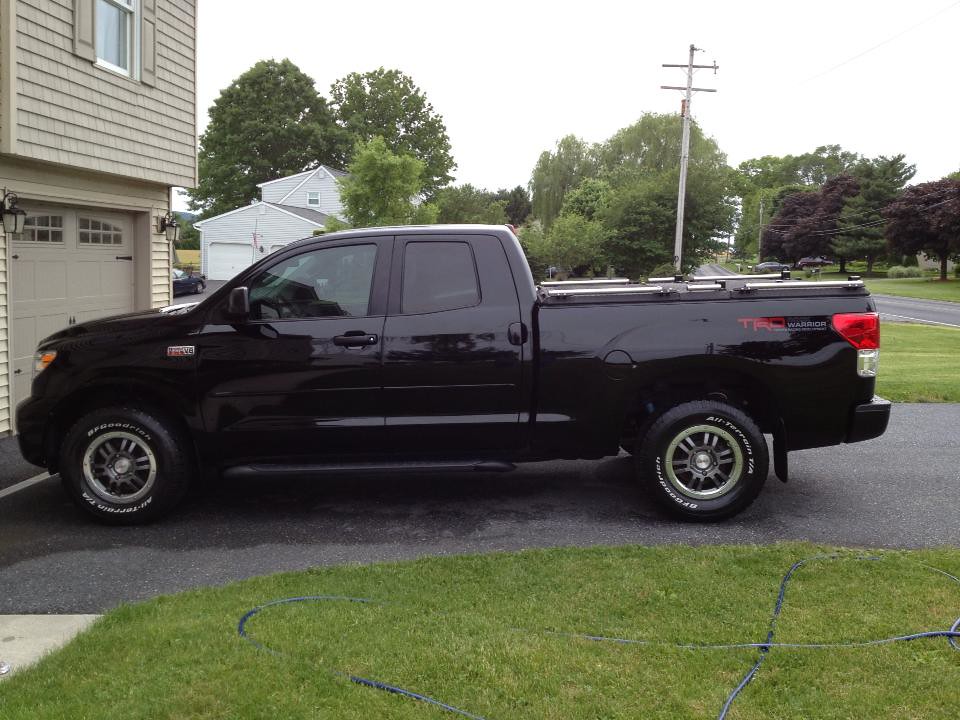
11. **The Indispensable Role of Professional Consultation**Even for diligent buyers, the intricate nature of heavy-duty truck frames means a DIY inspection can miss hidden damage. Frame stress, subtle hydraulic wear, and drivetrain fatigue often go unnoticed without specialized tools and expert knowledge. Seeking professional consultation is not merely a recommendation but an an indispensable step in protecting your significant investment.
Having a certified diesel mechanic or a heavy truck inspector perform a pre-purchase inspection offers unparalleled scrutiny. These specialists possess the expertise to perform detailed examinations far beyond visual checks. They can identify micro-fractures, subtle misalignments, or complex hydraulic flaws invisible to the untrained eye, providing a comprehensive assessment of the truck’s true condition.
A qualified professional utilizes specialized equipment, such as laser measuring systems or mechanical tram gauges, to accurately assess the frame’s dimensions. This precision detects imperceptible deviations that profoundly affect steering, braking, tire wear, and stability. Their detailed reports provide actionable insights and recommendations for necessary repairs.
If frame damage is suspected or confirmed, consulting shops specializing in heavy-duty frame straightening is crucial. These facilities are equipped with immense hydraulic pulling towers and advanced equipment designed specifically for commercial truck frames. They can restore the frame to original factory specifications. This complex process demands power, precision, and deep metallurgical understanding to ensure full structural integrity.
Ultimately, engaging a professional before finalizing your purchase is the best way to safeguard your investment. This is especially true when buying from a private seller where no warranty or pre-inspection is offered. Their expert insights minimize risk, prevent costly surprises, and empower you to make an informed decision, ensuring the truck is truly reliable and safe.
Read more about: Unlocking Peak Performance: The 13 Essential Supplements Recommended by Top Sports Doctors for Athletes
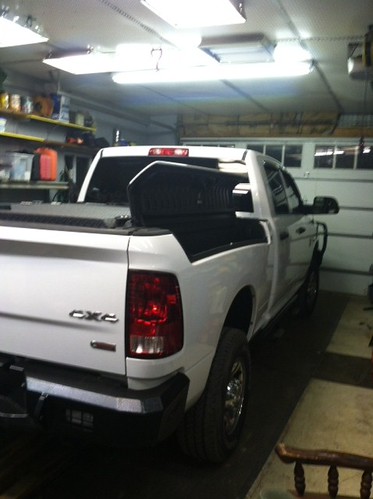
12. **Understanding Advanced Frame Straightening Techniques**When frame damage is confirmed in heavy-duty trucks, the repair process is highly specialized. It goes far beyond conventional auto body work. It’s a precise science, distinct from passenger vehicle frame repair, demanding immense power, meticulous precision, and expert knowledge to restore the truck’s skeleton to its original integrity. Understanding this process demystifies why choosing a specialist is paramount.
The process begins with comprehensive diagnostics and measurement. The truck is carefully mounted onto a heavy-duty frame machine, a robust piece of equipment for commercial vehicles. Technicians then employ advanced laser measuring systems or sophisticated mechanical tram gauges to accurately assess the damage. This creates a detailed, three-dimensional map of the frame’s current dimensions, rigorously compared against manufacturer’s original specifications to pinpoint every deviation. This diagnostic stage is critical for a safe and effective repair.
Following diagnosis, strategic anchoring and pulling techniques are applied. The frame machine uses powerful hydraulics and heavy-duty chains to exert controlled force at specific points. Trained technicians, with a deep understanding of metallurgy and frame dynamics, strategically anchor the frame and apply multi-directional pulls. This process “un-bends” and “un-twists” the frame, slowly coaxing the steel back into its original factory dimensions. Cold straightening is generally preferred to preserve the steel’s structural integrity.
Throughout the straightening process, continuous monitoring and measurement are essential. Technicians constantly re-measure and adjust forces, meticulously ensuring the frame returns to precise specifications. The objective is not just to make the frame “look straight.” It is to achieve factory-level accuracy for every critical point and dimension. This iterative and patient approach guarantees the repaired frame will support components correctly and maintain the truck’s intended handling and safety.
In cases where frame rails are severely cracked or damaged beyond simple straightening, sections may require more intensive repair. This could involve cutting out compromised sections and carefully welding in new pieces. Such reinforcements or replacements utilize specialized welding techniques. These are designed to maintain or exceed the frame’s original strength and structural integrity, ensuring the truck’s long-term durability and safety.
Read more about: Unlock Your Smartphone’s Full Potential: 15 Essential Photography Tricks for Everyone
Embarking on the purchase of a used heavy-duty truck is a significant venture, and protecting that investment hinges entirely on your inspection’s thoroughness. By methodically following these 12 comprehensive steps—from initial paperwork to a professional’s final assessment and understanding of frame repair—you equip yourself with the knowledge to identify potential red flags and confidently make an informed decision. Remember, a robust frame is the foundation of a safe, reliable, and profitable work truck, ensuring it will serve your business faithfully for years to come. Staying vigilant and well-informed is your best strategy against costly surprises, enabling you to drive away with confidence in your next heavy-duty partner.



